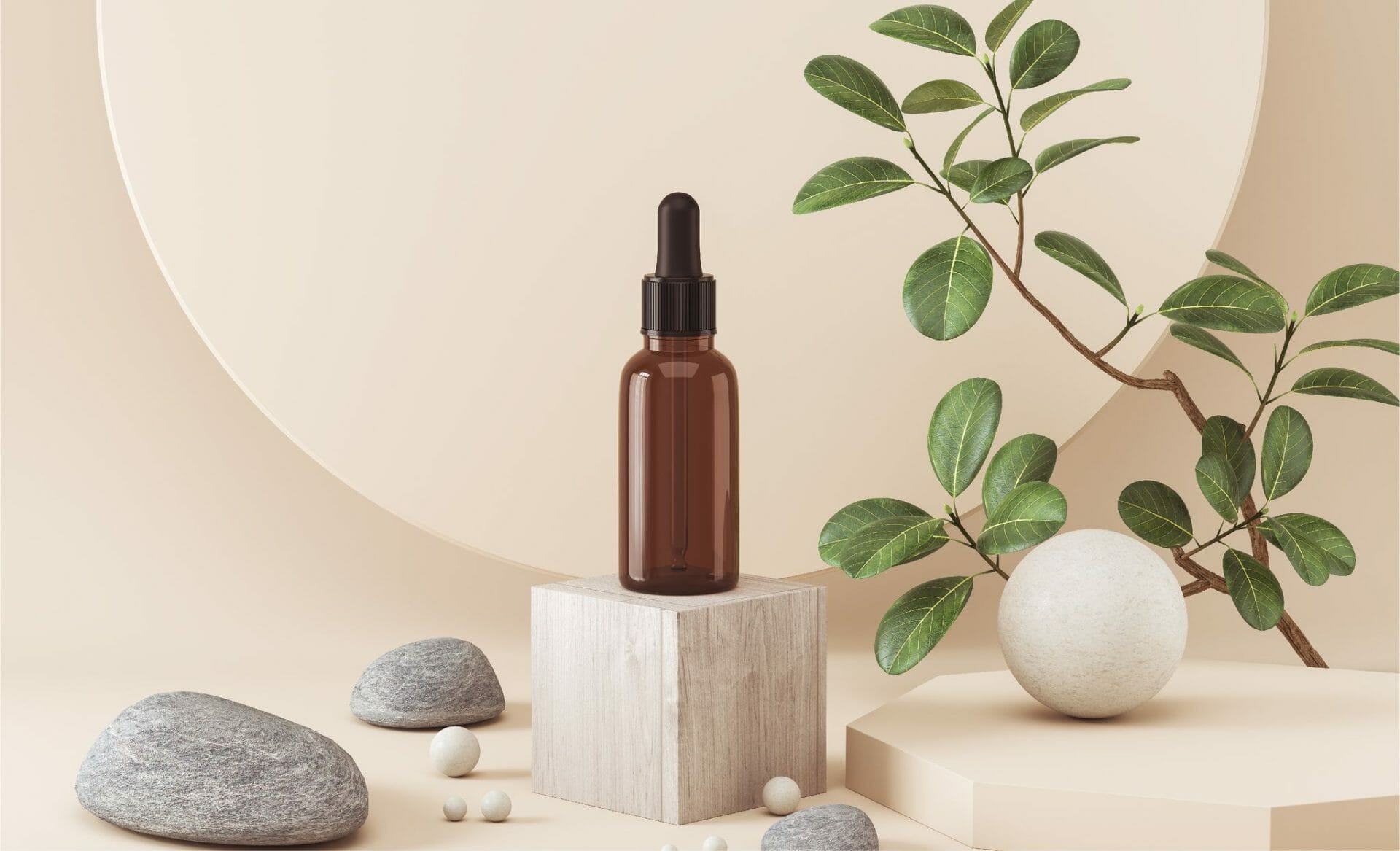
In the realm of skincare and cosmetics, numerous ingredients promise radiant, even-toned, and youthful-looking skin and fight disorders caused by aging, exposure to sunlight, hormonal imbalance during pregnancy, or taking some medications. Kojic acid is one such ingredient that has gained popularity for its immense skin benefits. Derived from various natural sources, Kojic acid is a naturally occurring metabolite generated by fungi. Its remarkable capacity to hinder tyrosinase activity during melanin synthesis has led to its wide-ranging applications in the field of medicine including antimicrobial and antiviral treatments, anticancer therapies, antidiabetic interventions, anti-speck solutions, anti-parasitic measures, and much more. [1] In this article, we will learn about the uses, benefits, side effects, and more of Kojic acid.
Uses and Benefits of Kojic Acid
Skin Lightening:

One of the most well-known Kojic acid uses is its skin-lightening properties. It effectively inhibits the production of melanin by obstructing the enzyme tyrosinase, which is essential for melanin synthesis. This makes it a sought-after ingredient in products designed to fade dark spots, hyperpigmentation, melasma, and uneven skin tone. [1]
In Ayurveda, the fundamental element of “Agni mahabhuta” is recognized as the underlying factor in the development of one’s skin color, a process referred to as “varṇa utpatti.” This Agni principle predominantly resides within the “pitta” component, and it plays a pivotal role in determining skin pigmentation. Within the skin, the “bhrajaka pitta” functions as the radiant source responsible for showcasing the natural skin tone through varṇa. Kojic acid possesses the capability to pacify pitta and regulate rakta and is regarded as “varṇya,” meaning they contribute to the enhancement of one’s skin complexion in Ayurveda. [3]
Anti-Aging:
Some skincare products incorporate Kojic acid benefits for skin due to its antioxidant properties. Antioxidants combat free radicals, which can cause premature aging of the skin. By neutralizing these harmful molecules, Kojic acid may help minimize the signs of aging, such as fine lines and wrinkles. [1]
Treatment of Skin Conditions:
Kojic acid benefits include its impressive characteristics such as antimicrobial attributes, antifungal qualities, and the ability to combat acne. It has also demonstrated its effectiveness in addressing conditions like yeast infections, candidiasis, and ringworm, making it a valuable resource in the realm of skincare and dermatology. [1]
Natural Origin:
Derived from fungi and commonly found in various food products, Kojic acid is considered a natural ingredient, which can be appealing to individuals looking for more natural skincare options. [1]
Antioxidant Properties:
Its antioxidant properties help safeguard the skin from damage caused by free radicals, potentially slowing down the aging process and promoting overall Kojic acid for skin health. [1]
Dental Care:
Incorporating Kojic acid into dental care products underscores its potential to contribute to a healthier mouth while addressing common oral concerns. [1]
Potential Side Effects and Considerations
While Kojic acid can offer numerous benefits for the skin, it is essential to be aware of potential Kojic acid side effects and considerations:
Skin Irritation or Contact Dermatitis:
Some individuals may experience skin irritation, rashes, skin inflammation, itching, discomfort, redness, or itching when using Kojic acid containing products, particularly if they have sensitive skin. It is necessary to carry out a patch test before using any new skincare product. Side effects may manifest as skin irritation. [1]
Sensitivity to Sun:
Long term use of kojic acid can make the skin more sensitive to the sun exposure. It is crucial to use sunscreen with a high SPF when incorporating Kojic acid into your skincare routine to protect your skin from UV damage. [1]
Overuse:
Excessive or prolonged use of Kojic acid especially on damaged or broken skins can result in cancer. It is vital to follow product instructions and not overuse Kojic acid. [1]
Allergic Reactions:
While rare, some individuals may show an allergic response to Kojic acid. If you experience severe itching, swelling, or rash after using Kojic acid products, discontinue use and seek medical attention. These adverse reactions tend to become more pronounced when using Kojic Acid at concentrations exceeding 1%. [1]
FAQs
• Does kojic acid cause cancer?
• Who should exercise caution when considering Kojic acid?
• How is kojic acid obtained?
Conclusion
Kojic acid is a multifaceted ingredient in the realm of skincare and cosmetics. Its remarkable ability to inhibit melanin production has made it a valuable tool for addressing hyperpigmentation, melasma, and uneven skin tone. As with any skincare ingredient, it is essential to make Kojic acid cream wisely, following guidelines and considering your skin type and condition.
Disclaimer:
This article is written from a health and wellness perspective and is not medical advice. Kindly seek the help of a certified medical practitioner before initiating any treatment.
References:




















